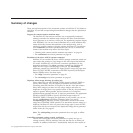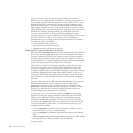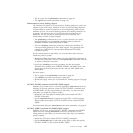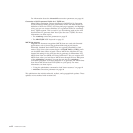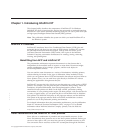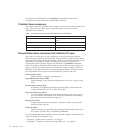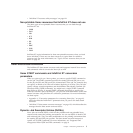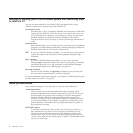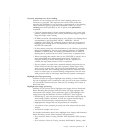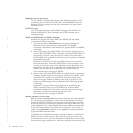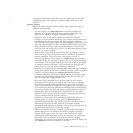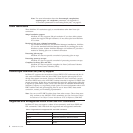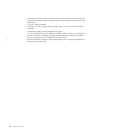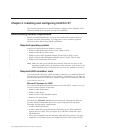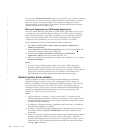Grayscale substitution for Xerox shading
InfoPrint XT can interpret and convert Xerox shading patterns and
characters to grayscale. This improves the overall visual results and
increases the readability for any text that is superimposed on the shading.
These restrictions apply to grayscale substitution when you use the
xshading conversion parameter or the -c option of the pdxtloadres
command:
v Grayscale interpretation of Xerox standard shading is only useful with
printers, archival solutions, and viewing solutions that support Logical
Page and Object Area Coloring.
v In FRM conversion, this enhancement is only effective for shading that is
accomplished by the SHADING LIGHT | MEDIUM | HEAVY
parameter of the BOX FSL command. It has no effect on conversion of
highlight color shading that is accomplished by the FILL parameter of
the BOX FSL command.
v In data stream conversion, this enhancement is only effective for shading
that is accomplished by the use of the shading characters in FORMS$,
FORMSX, or ISISPX fonts. The shading enhancement has no affect on
shading that is produced by text fonts, custom fonts, or graphics fonts.
v When converting data streams that use the FILE DJDE to specify one or
more inline FRMs, this enhancement controls how InfoPrint XT
interprets shading in all the inline FRMs in the job, regardless of
whether the input data stream is LCDS or metacode.
v The dot patterns in certain Xerox standard shading code points do not
fill the entire area that the code point represents, which leaves white
space on one or more sides. The grayscale that InfoPrint XT generates
for these and other Xerox shading code points fills the entire area and
leaves no white space. In certain shading configurations, this can cause
solid grayscale areas to look larger than their dot pattern counterparts.
Highlight-color
form processing
InfoPrint XT does not support highlight-color shading in Xerox FRMs. If
the use of highlight color is restricted to only the text in the form, InfoPrint
XT successfully converts the form. However, the resulting AFP overlay is
black and white.
Highlight-color image processing
InfoPrint XT can process Xerox highlight-color images that use Restricted
Raster Encoding and produce black-and-white AFP page segments that
correspond to the images. These restrictions apply to the highlight-color
image processing that InfoPrint XT does. InfoPrint XT only supports:
v Interleaving by pixel for the color sample and the black sample that the
Xerox image contains. InfoPrint XT does not support interleaving by
scan line or interleaving by compressed-pixel vector array.
v Highlight-color images that use the portrait scan orientation.
v A maximum of two samples per pixel; one color sample and one black
sample.
v A maximum sample value of one.
For detailed information about Xerox highlight-color images and Restricted
Raster Encoding, see the Xerox Interpress documentation:
v Xerox Interpress Raster Encoding Standard: XNS Standard 178506, January,
1985
v Xerox Interpress Electronic Printing Standard: XNSS 048601, January, 1986
Chapter 1. Introducing InfoPrint XT 5
|
|
|
|
|
|
|
|
|
|
|
|
|
|
|
|
|
|
|
|
|
|
|
|
|
|
|
|
|
|
|
|
|
|



